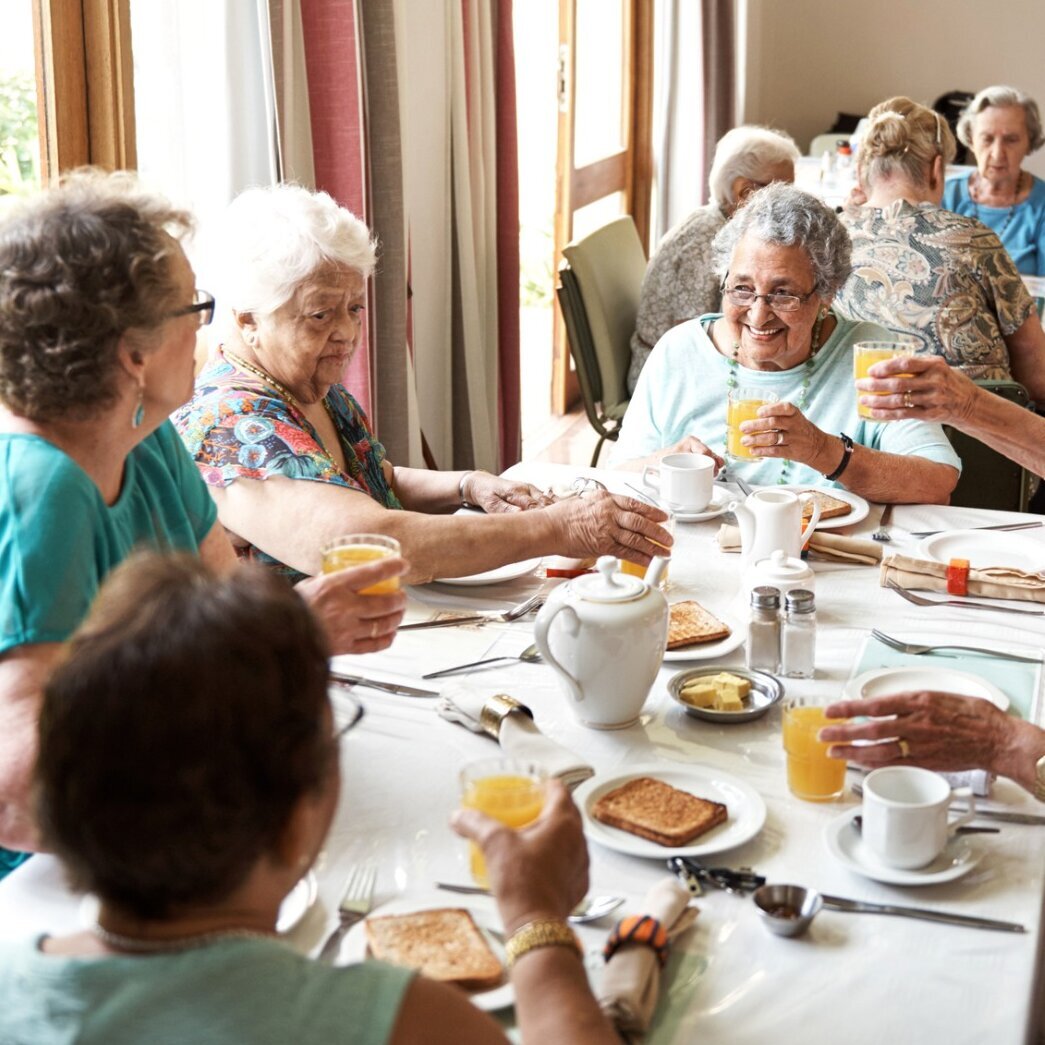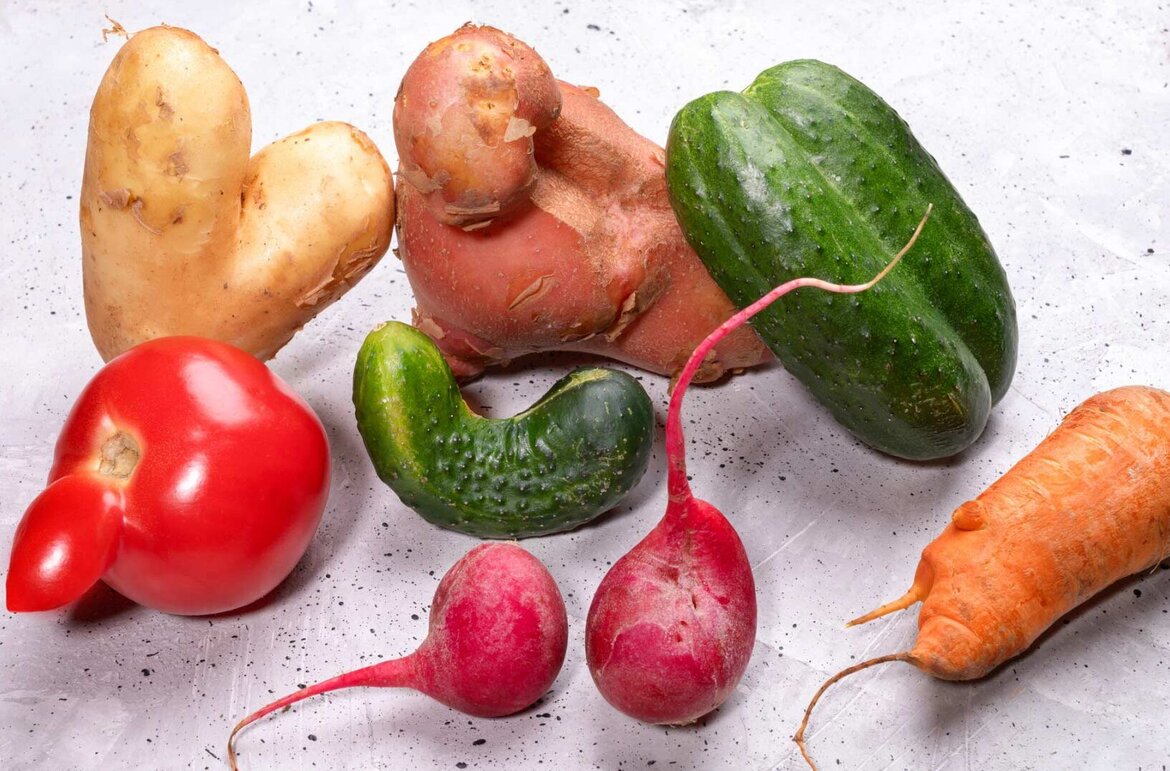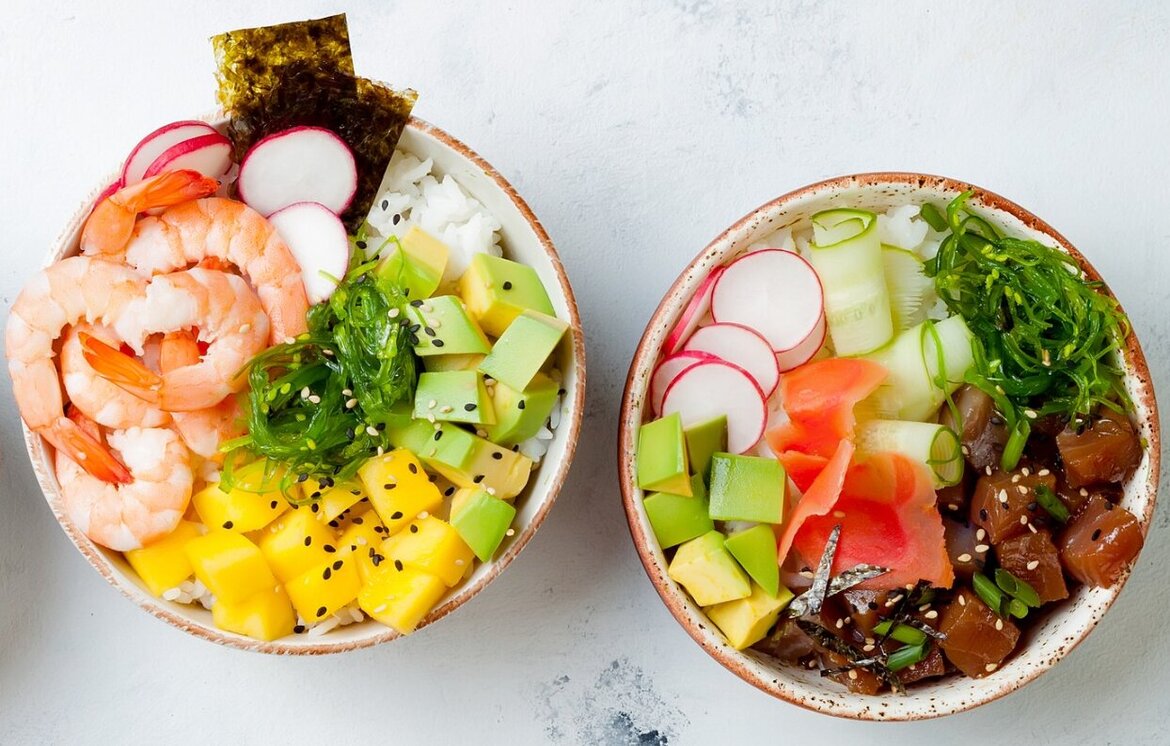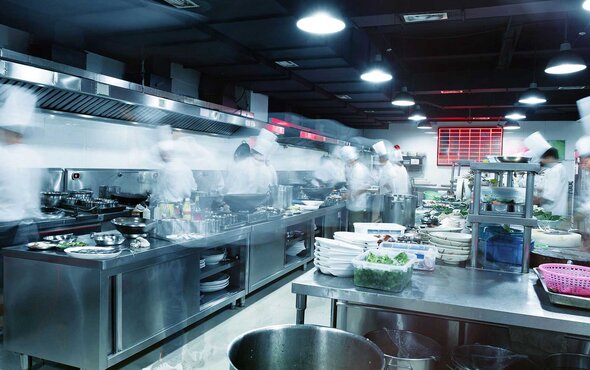THE THREE PILLARS OF COMMUNAL CATERING

BUSINESS
Catering and snacks
- At event catering
- In works canteens

CARE
Care:
- In hospitals
- In rehab centres
- In retirement homes
- Using meals on wheels

EDUCATION
Catering options in:
- Schools
- Universities
- Daycare centres
THREE FOOD TRENDS FOR THE CANTEEN OF TODAY
THE HEALTHY EATING TREND IS IN MORE DEMAND THAN EVER BEFORE
The demand for fresh vegetables may have been fairly high before the pandemic, but has skyrocketed during the crisis. More and more consumers are having organic food boxes delivered to their doorsteps and cooking healthy meals for their families in their own kitchen. Canteen managers must carefully provide balanced diets and a variety of options. The highest demand is on dishes containing loads of vegetables, pulses, and cereal products.

Not to mention, more and more end consumers are buying organic food. One of Australia's leading supermarkets said that Australian consumers are placing importance on buying locally grown fruit and vegetables more than ever before. In their 2021 summit, they revealed that 74% of their customers say buying Australian made items is the main driver in their purchases.
Consumer demand for organic food is growing at a rate of 20–30% per year. It is estimated that more than 6 out of every 10 Australian households now buy organic foods on occasion. Popular products include fruit and vegetables, beef, non-alcoholic drinks, nuts and ready to eat foods. Alongside this increased awareness of fresh, local produce, people are also more conscious of their meat consumption. The rule is: less meat and on the occasions when we do indulge, then we buy organic.
The coronavirus pandemic has greatly affected how we relate to our food. It has changed consumer habits and will continue to do so. Canteen managers must be mindful that 11% of consumers buy organic meat, 7% buy organic but eat less, including processed meat, and intend to continue this habit even after the pandemic. Consumers have a growing tendency to bring into their buying decisions factors like origins, the environment, fair trade and working conditions. We now value food more and waste less of it. These ethical considerations are being implemented by canteen customers, too.
Wonky organic vegetables
The German company Querfeld is a pioneer in bringing local, organic food into canteens. Since 2016, its employees have been rescuing wonky organic fruit and vegetables that would otherwise be wasted and selling them to caterers, university and school canteens, hotels and restaurants. Wholesale customers rarely purchase fruits and vegetables with imperfections because they do not look good and are therefore difficult to sell. This results in almost a third of the harvests being wasted. Querfeld, however, care less about the outside appearance, but is more concerned about the freshness and flavour of the produce. This allows them to sell organic produce to their customers at low cost. It truly is a win-win for all involved.

THE SNACKIFICATION TREND HAS SLOWED BUT NOT DISAPPEARED

Breakfast, lunch and dinner, our three standard meals were practically made extinct by our on-the-go lifestyles. However, the COVID-19 pandemic has revived them – the lockdowns and travel restrictions created an opportunity for this three-part eating routine to make a comeback.
At the same time, cafés, bars and restaurants have reinvented themselves, expanding their collection and delivery services. Snack meals remain on the menu and the demand for smaller dishes has continued. Having smaller options or a range of portion sizes allows customers to mix and match so it is still popular trend until now.
This has given an extra challenge for canteen managers. To prepare the dream menu for many canteen customers — delicious food served in small packages, preferably prepared to personal nutritional requirements. This means that companies need to incorporate these small meals into their communal catering menus, and make them available for delivery and take away.
LEADING THE WAY IN NUTRITION RESEARCH
Hanni Rützler is one of Europe’s leading food trend researchers. She is a trained nutritionist and a health psychologist and releases a Food Report yearly outlining short-term fads and long-term trends in the food service industry. At the start of 2021, she analysed the impact of the coronavirus pandemic on eating habits and food industry, which then tells us a lot about the food service industry, too.

THE CLIMATE-FRIENDLY FOOD TREND:
More local, more meat free, healthier
Producing plant-based food ulitises less resources than making animal products. This is why more and more caterers are offering meat-free and reduced-meat options. At Volvo, a Swedish car maker, the standard practice in the canteen is to display the carbon footprint of the food on sale and to minimise it. This has been the case for several years and campaigners believe it is a practice which we desperately need on a more widespread basis.

As early as 2012, WWF released a study entitled ‘Climate change on your plate’ which says that preparing a kilo of beef mince produces the same quantity of carbon dioxide (CO2) as driving 250 km. This reveals a tangible way on how canteen managers can help protect the environment: cook more meat-free dishes.
In Germany, just like elsewhere, canteens are offering more environmentally sustainable meals. Canteens in Hamburg are no exception. Operators are aware that many students prefer to eat meat-free meals so they include environment friendly meals on the menu. These options contain sustainable products and exclude ingredients such as beef and pork, which release large quantities of greenhouse gases during production.
COMMUNAL CATERING IS RESOURCE EFFICIENT AND TASTY!
Consumer expectations on sustainable, environmentally friendly menus in communal catering are rising. The level of value placed on healthy eating and sustainably produced food has grown. People are buying carefully and cooking meat-free meals at home as often as possible. Operators of catering companies, chefs and canteen managers need to be open to new procurement routes to fulfil their customers’ requirements. To achieve happy faces in the dining area and the kitchen, it's not only the nutrition that must be balanced. This same principle must also be applied to kitchen processes. The hygiene specialists from MEIKO can help you to manage this on an expert level. To see how, take a peek behind the scenes in the campus kitchens of two canteens: one in China and one in Germany.


